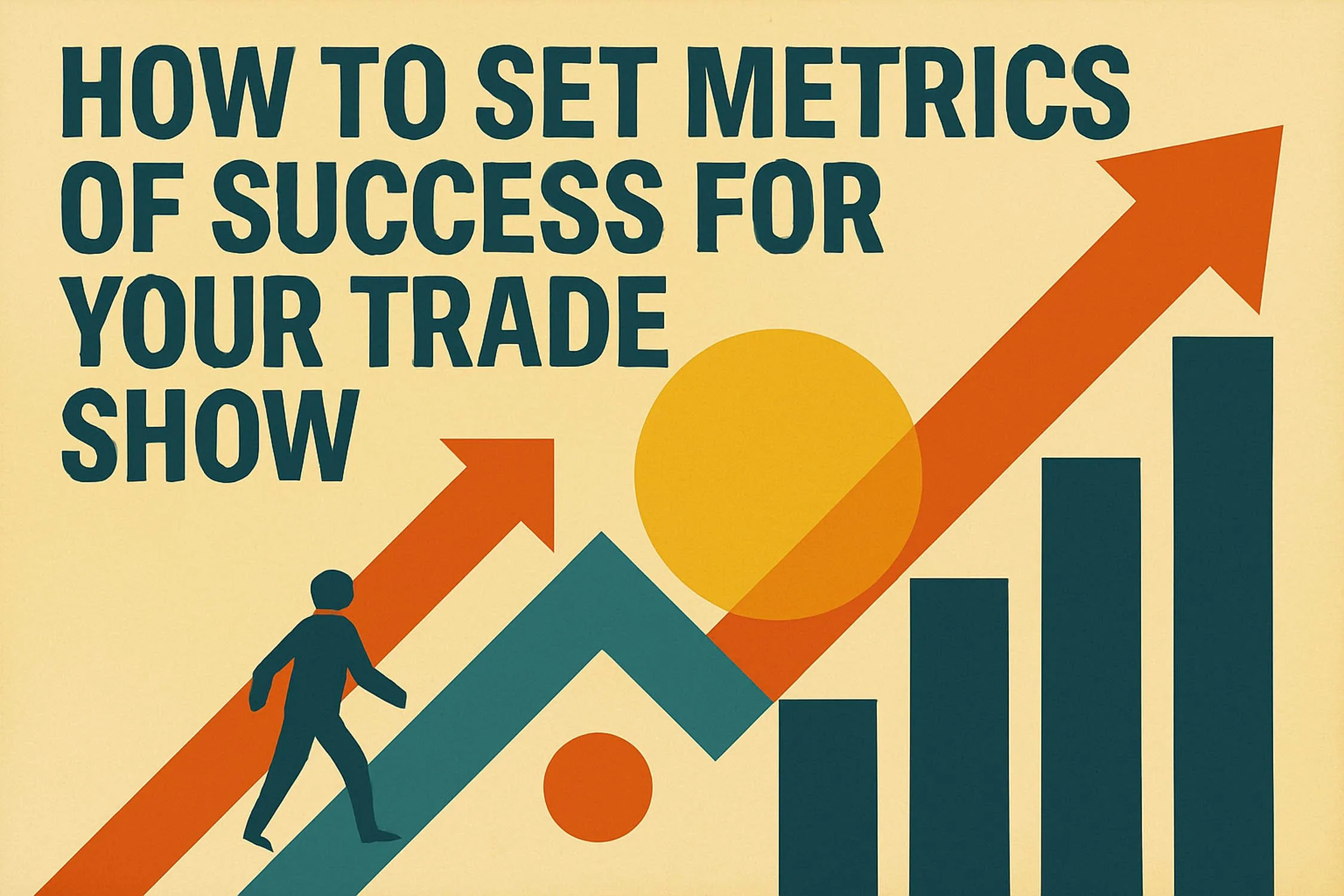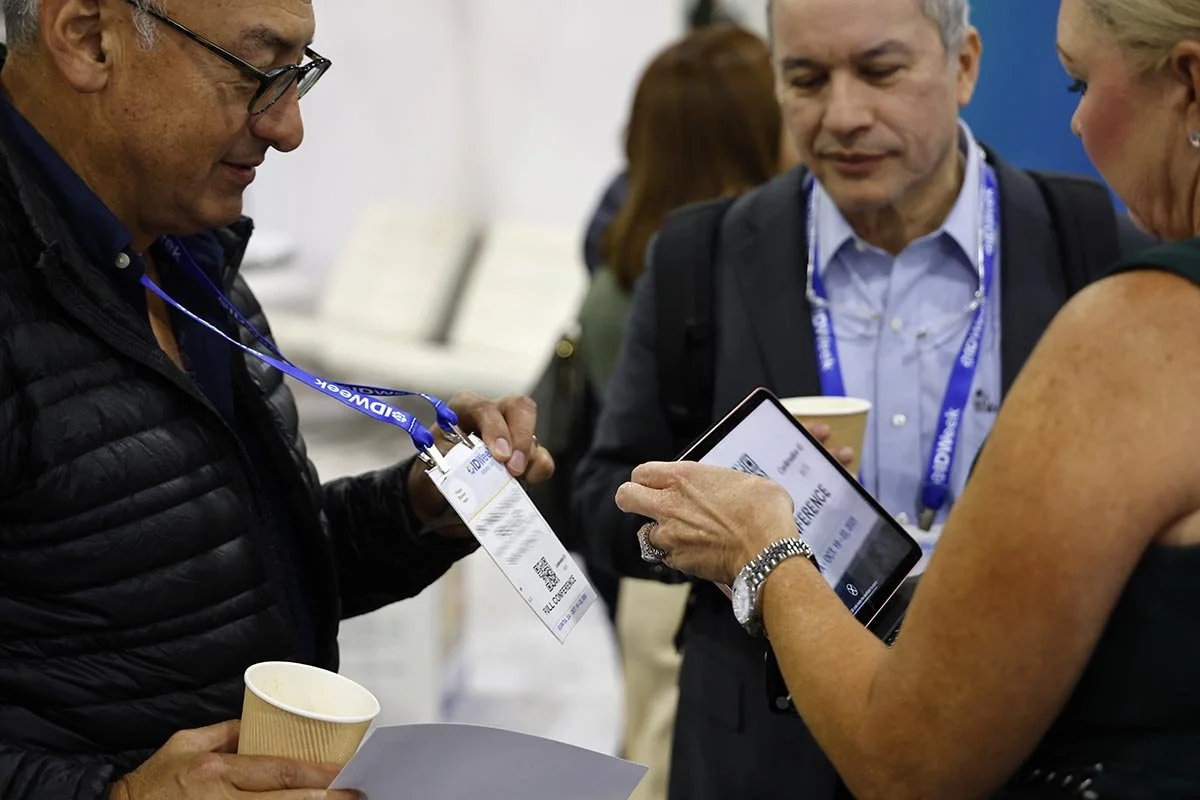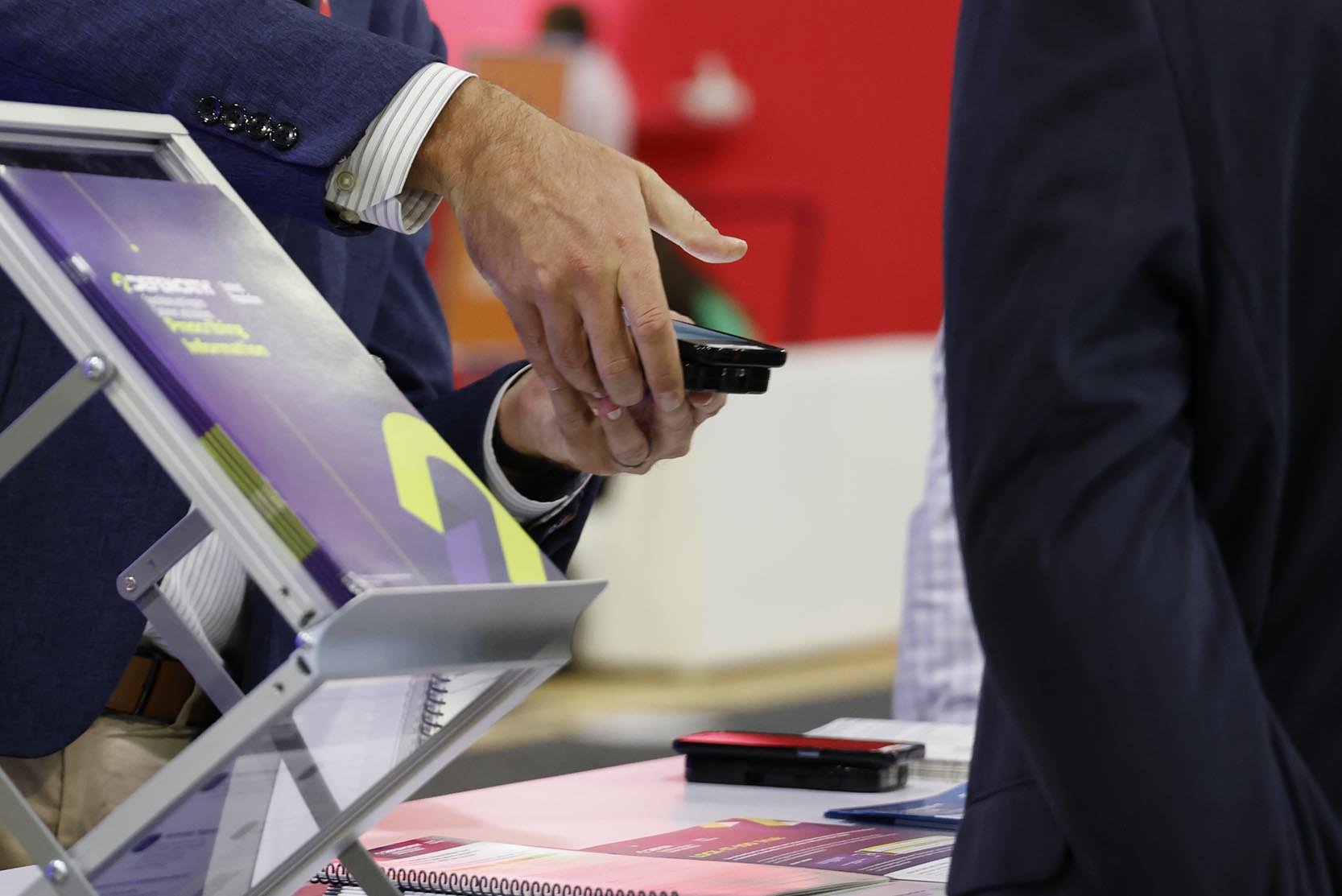How to Set Metrics of Success for Your Trade Show
By Nicholas Fevelo, Axios NYC
Trade shows represent a major investment for B2B marketers—yet many organizations struggle to define what success looks like. In a paper titled “Driving Participation and Investment in B2B Trade Shows: The Organizer View” by Roberto Mora Cortez et al., the authors revealed a striking statistic: more than 70% of exhibitors attend shows without a clear, formal objective. They also stated that 45% of B2B marketers struggle to make a strong business case for their trade show investments.
At Axios NYC, we see this challenge often. When we ask clients, “What is your metric of success?” many simply don’t know. Without clear goals, it’s difficult to measure ROI, identify areas of improvement, or justify trade show budgets.
Tangible and Intangible Metrics
There are both tangible metrics—like the number of badge scans, contacts collected, or confirmed sales—and intangible metrics such as raising brand awareness, improving customer perception, or creating a memorable experience. While tangible outcomes are easy to track, intangibles are equally important. In fact, articulating them is often more of an art than a science.
Leads as a Core Measurement
Good old-fashioned leads remain one of the most valuable measures of success. Tracking not only how many leads are generated but also what they ultimately convert into provides a granular view of trade show ROI. Collaborating closely with the sales team can shed light on which leads were most valuable and highlight areas where booth performance can be improved.
Key Metrics to Track
To build a more holistic picture, we recommend capturing a variety of metrics, including:
Foot traffic
Staff-collected leads
Badge scans
Engagement with interactive booth activities
Hospitality metrics (attendees served if a food or beverage section is included)
Confirmed sales and attribution to trade show leads
Advanced Measurement Tools
New technologies make it possible to go deeper. Tools such as heat mapping analysis and geo-fencing provide insights into:
Where attendees enter and exit your booth
Areas of congestion or bottlenecks
Which sections of the booth attract the most engagement
By layering these insights with sales data, brands can build a compelling business case for future trade show investments.
Without clear goals, it’s difficult to measure ROI, identify areas of improvement, or justify trade show budgets.
Clear metrics turn trade shows into measurable success stories.
At Axios NYC, we work with clients to look beyond surface-level metrics, focusing on meaningful measures that demonstrate ROI and support the business case for trade show participation.
Define Success Before the Show Begins
Clear metrics don’t just justify budgets — they transform trade shows into measurable success stories. With experience in booth design and event strategy, Axios NYC helps brands align their presence with meaningful outcomes. Connect with our team to discuss your goals and plan the next step toward defining what success looks like for you.
Prove Event Impact
The Axios NYC newsletter provides insights on setting clear goals, tracking results, and proving ROI—helping you measure what matters most.



